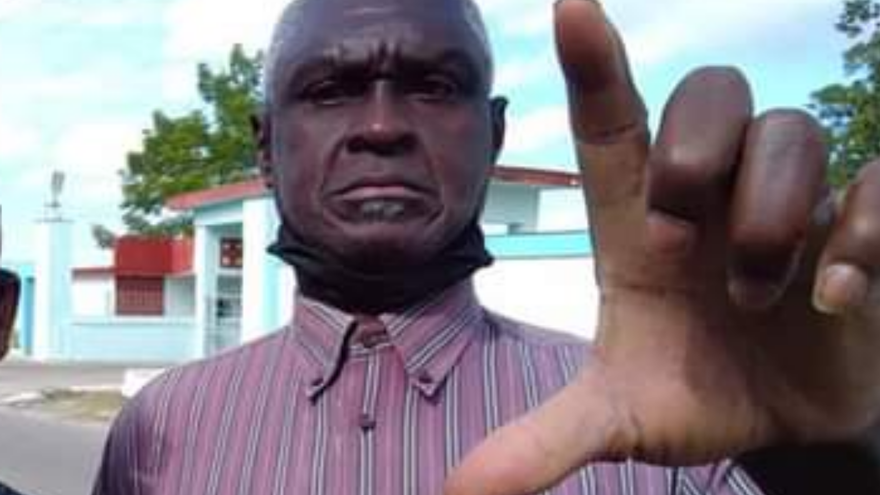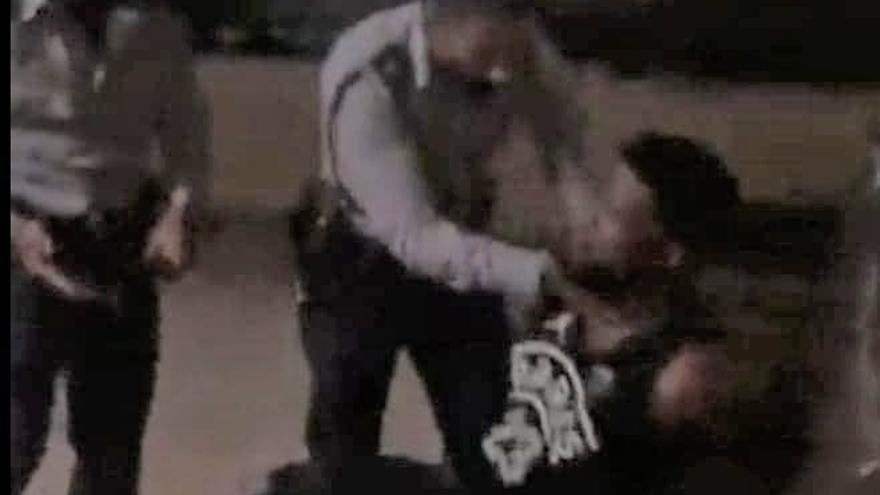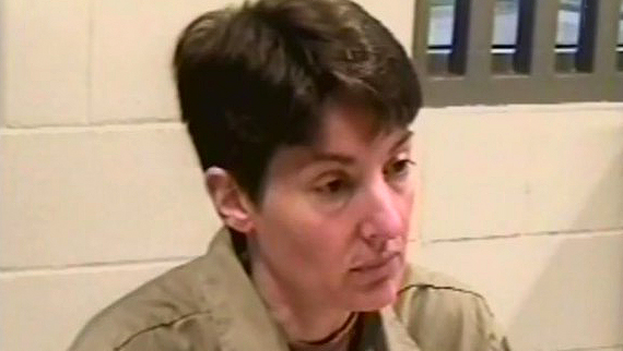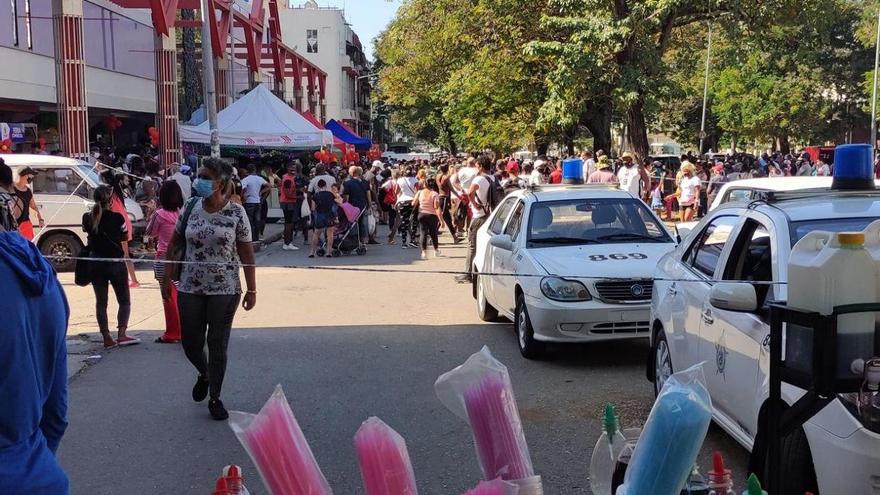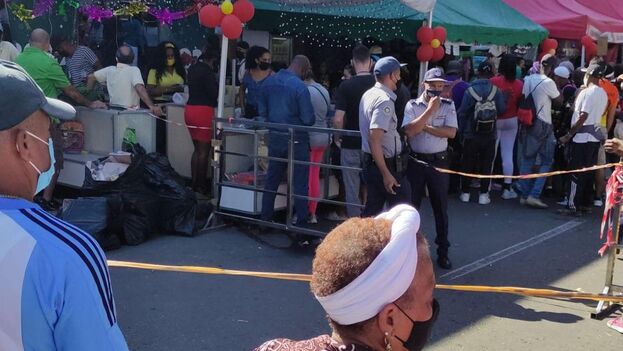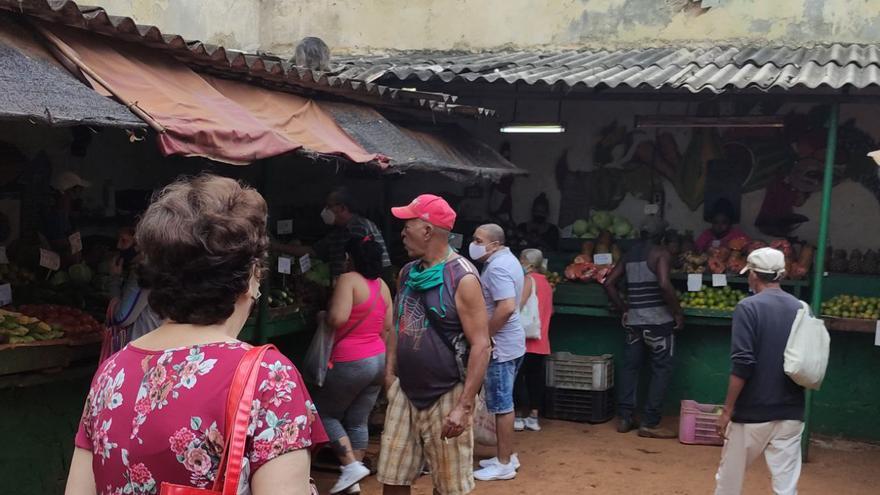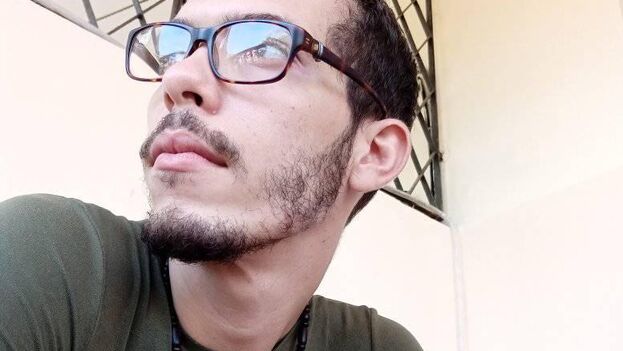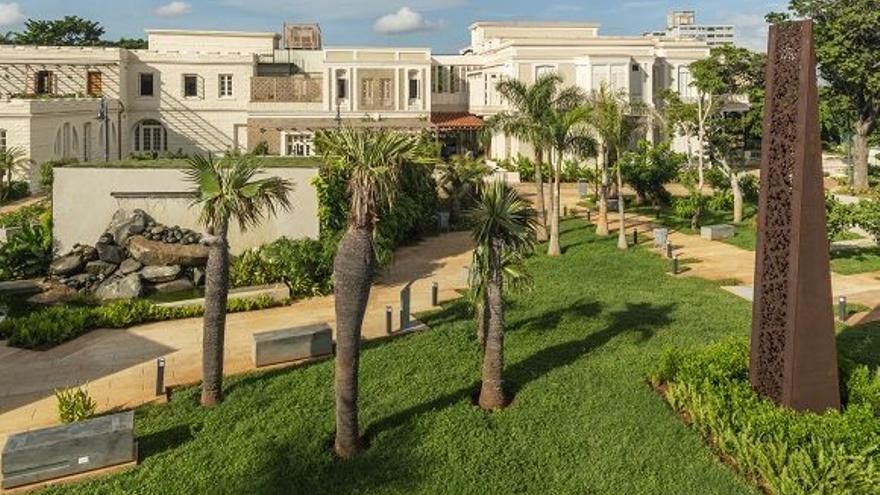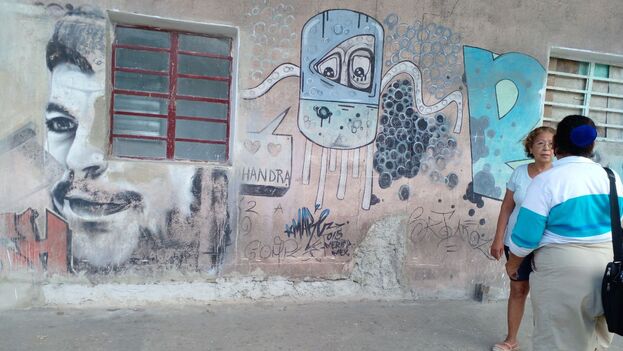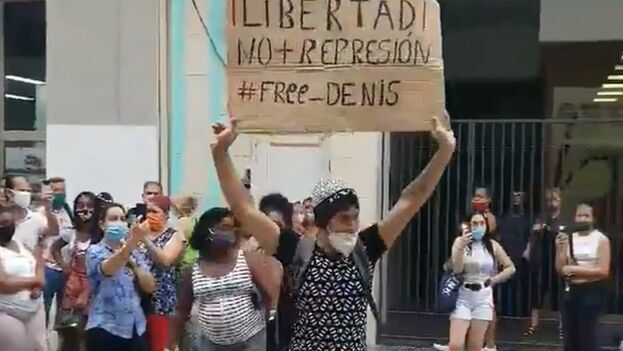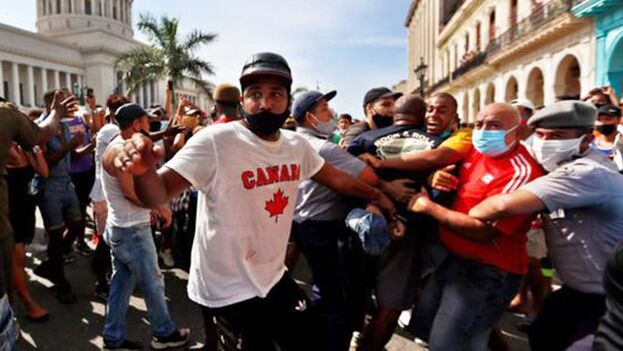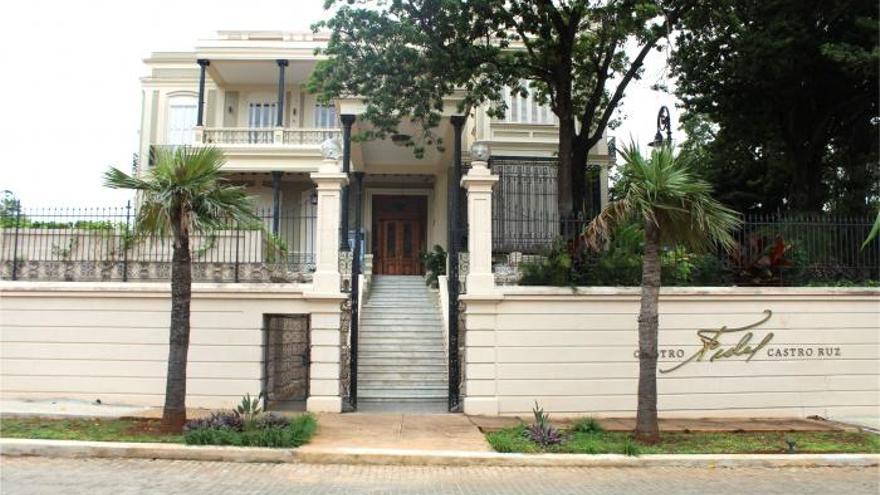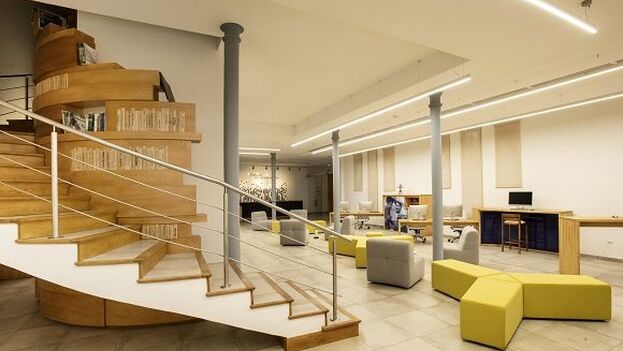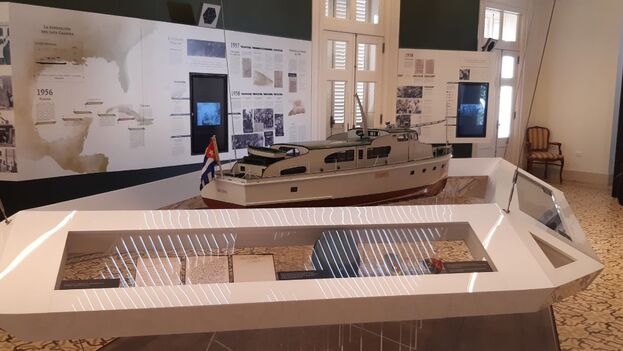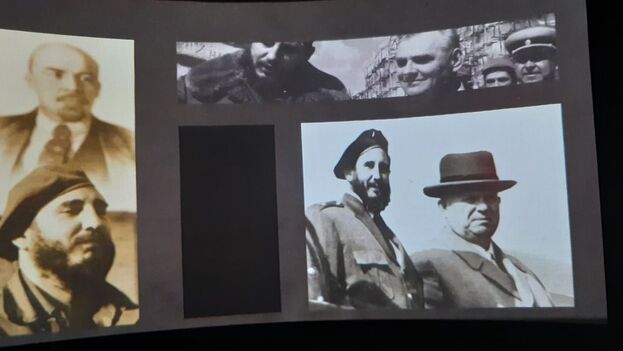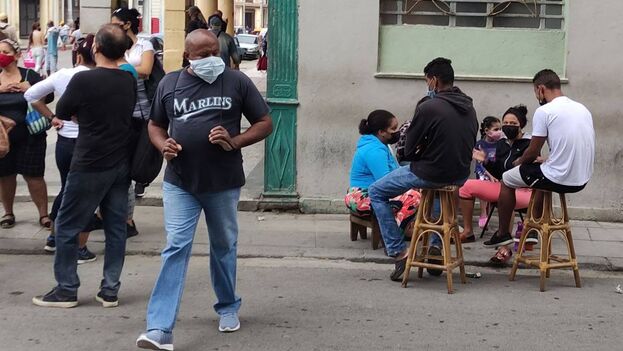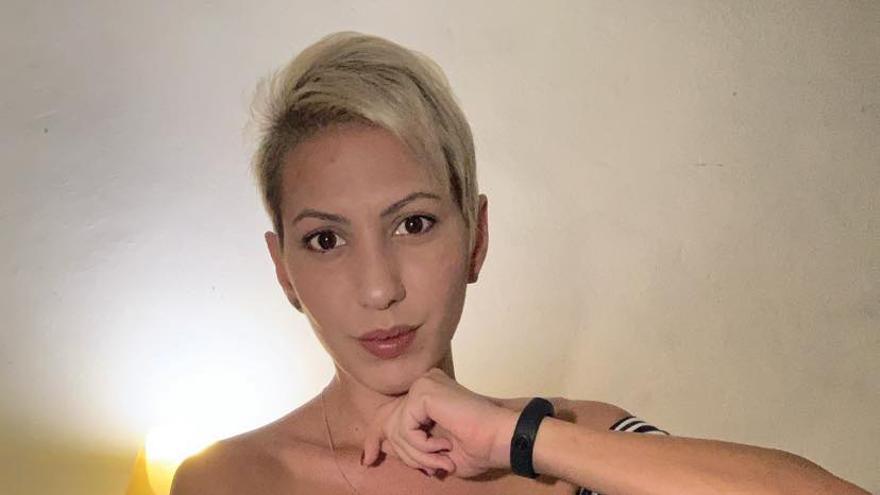
![]() 14ymedio, Havana, 6 December 2021 — The businesswoman Saily González, one of the most active coordinators of the Archipíelago group since its creation, announced this Sunday that she is leaving the Cuban opposition platform. She was joined this Monday by activist Magdiel Jorge Castro.
14ymedio, Havana, 6 December 2021 — The businesswoman Saily González, one of the most active coordinators of the Archipíelago group since its creation, announced this Sunday that she is leaving the Cuban opposition platform. She was joined this Monday by activist Magdiel Jorge Castro.
“Today I am leaving Archipíelago, the most important undertaking to which I have contributed in my life and the human group that has been and is the most fraternal to me,” González wrote in a tweet. The reason, she continued, is that her world “goes at 48 frames per second and logic makes the Archipíelago walk at 24.” And she asked: “Do not look for more reasons that aren’t there.”
In a Facebook post, she clarified: “No, gentlemen, I am not leaving the country,” after arguing: “We have the common goal of conquering all rights for all Cubans, of ensuring that we can all contribute to our country, and the fronts on which I fight will never be exclusive, as the Archipíelago is not. This makes us sisters, and I am aslo a sister of everyone who thinks this way.”
González, also known as “Saily de Amarillo” for the small eponymous business she opened in Santa Clara in the hotel sector, has been one of the most visible heads of Archipíelago since the group called the march on November 15, finally frustrated by the threats and repression of State Security. continue reading
On 15November(15 N), an angry and violent mob prevented the young woman from leaving her house , and she limited herself to following the two instructions agreed upon by Archipíelago: to applause at three in the afternoon and to hang out white sheets. Days later, and as she had announced, she left with a flower in her hand and broadcast the walk by video, which ended by placing the flower at the foot of the statue of Antonio Maceo in Santa Clara.
After the regime disrupted the Civic March for Change through threats, acts of repudiation and militarization of the cities, Archipíelago called for the peaceful protests to continue until November 27. However, since the arrival in Spain, on November 17, of the most visible figure on the platform, Yunior García Aguilera, the group has been dismembered.
This Sunday, Twitter user Magdiel Jorge Castro, who has lived in Bolivia for two years, also announced his departure. “Today I leave Archipíelago, grateful for these intense months with such brave people,” he wrote on his Twitter account, where he has more than 26,000 followers. “The road to democracy is long and rugged but the end deserves every possible sacrifice. There are more than 600 political prisoners and a dictatorship to overthrow. It is time to unite.”
Castro, born in the province of Holguín in 1994, has been the promoter of several virtual campaigns to denounce the repression against Cuban activists and journalists. The young man has a degree in Microbiology and in recent weeks he has denounced several attacks by the Cuban official press against him for his activism on social networks.
He and González join other “desertions” from the Archipíelago in just a few days. On Friday, lawyer Fernando Almeyda resigned as one of the platform’s coordinators. By way of explanation, he said that “the political nuance of the platform and its coordinators, although I am sure that they benefit the Cuban cause, is moving away from my ideas, my way of thinking and my political position.”
In addition, the jurist was critical of Yunior García Aguilera’s “agenda,” “which does not respond to the objectives and purposes of the Archipíelago and over which the members have no real control.”
Before González and Almeyda, the group had already suffered notable losses. One of them was that of Daniela Rojo, who last Wednesday announced her resignation as coordinator of the platform. The young woman from Guanabacoa, mother of two young children, who was kidnapped by the political police on November 12 and spent five days in a house of the Ministry of the Interior under the custody of several agents, presented her decision as based on “personal and family problems.”
And another exit, earlier, was that of Professor Leonardo Fernández Otaño, also a moderator of the platform, who confessed, like Almeyda, not to share “a group of political actions carried out by Yunior García Aguilera since his departure from Cuba.”
____________
COLLABORATE WITH OUR WORK: The 14ymedio team is committed to practicing serious journalism that reflects Cuba’s reality in all its depth. Thank you for joining us on this long journey. We invite you to continue supporting us by becoming a member of 14ymedio now. Together we can continue transforming journalism in Cuba.

